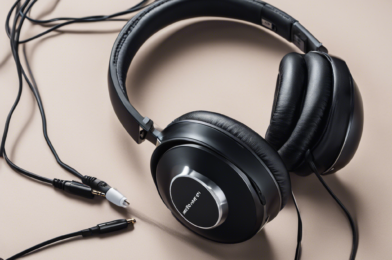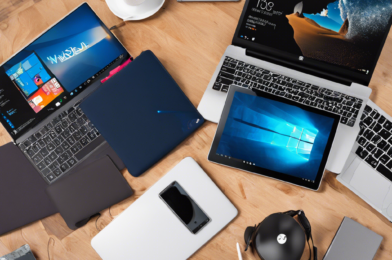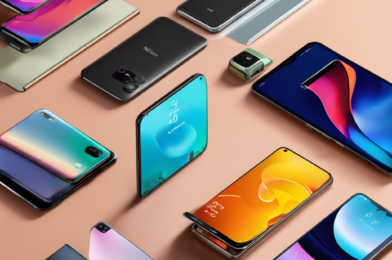Choosing the right pair of headphones can be tricky with so many options on the market. The most important things to consider are how you intend to use the headphones and your budget.
There are several types of headphones to choose from. Over-ear headphones that completely cover your ears are good at blocking out ambient noise but can be bulky, while earbuds sit inside your ears so they are more compact but may be less comfortable for long periods of use. For the best noise cancellation, over-ear wireless headphones are a great choice.
If sound quality is most important, wired over-ear headphones typically provide the best audio reproduction. Look for a pair with large drivers, a wide frequency range, and if possible a headphone amplifier to power them. For casual listening or exercising, Bluetooth wireless earbuds are very convenient. Just be aware that Bluetooth can compress the audio signal so the sound quality may not match wired headphones.
Comfort is key if you plan to wear your headphones for long stretches. Over-ear headphones should have padded ear cups and an adjustable padded headband. Earbuds need to fit snugly but not too tightly, and different size tips can help you get the right seal and comfort. Consider the weight of the headphones as well, especially if you want to wear them while being active.
Battery life is important to consider if choosing wireless Bluetooth headphones. Look for at least 6 to 8 hours of playback for wireless over-ear headphones and 4 to 6 hours for true wireless earbuds. The battery should also charge fairly quickly, in 2 hours or less.
Be sure to set a budget before you start shopping. You can get a basic pair of wired earbuds for under $20 or pay $200 or more for a high-end set of wireless noise-canceling over-ear headphones. As with most technology, you’ll pay more for better sound quality, comfort, and extra features.






